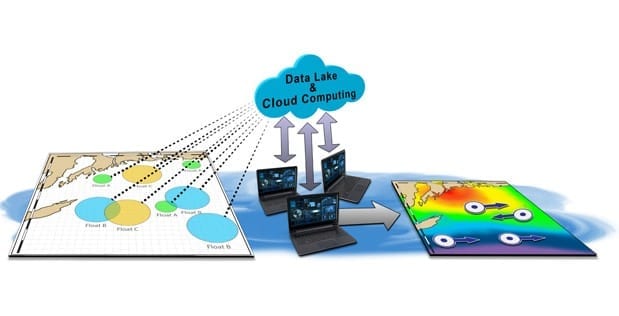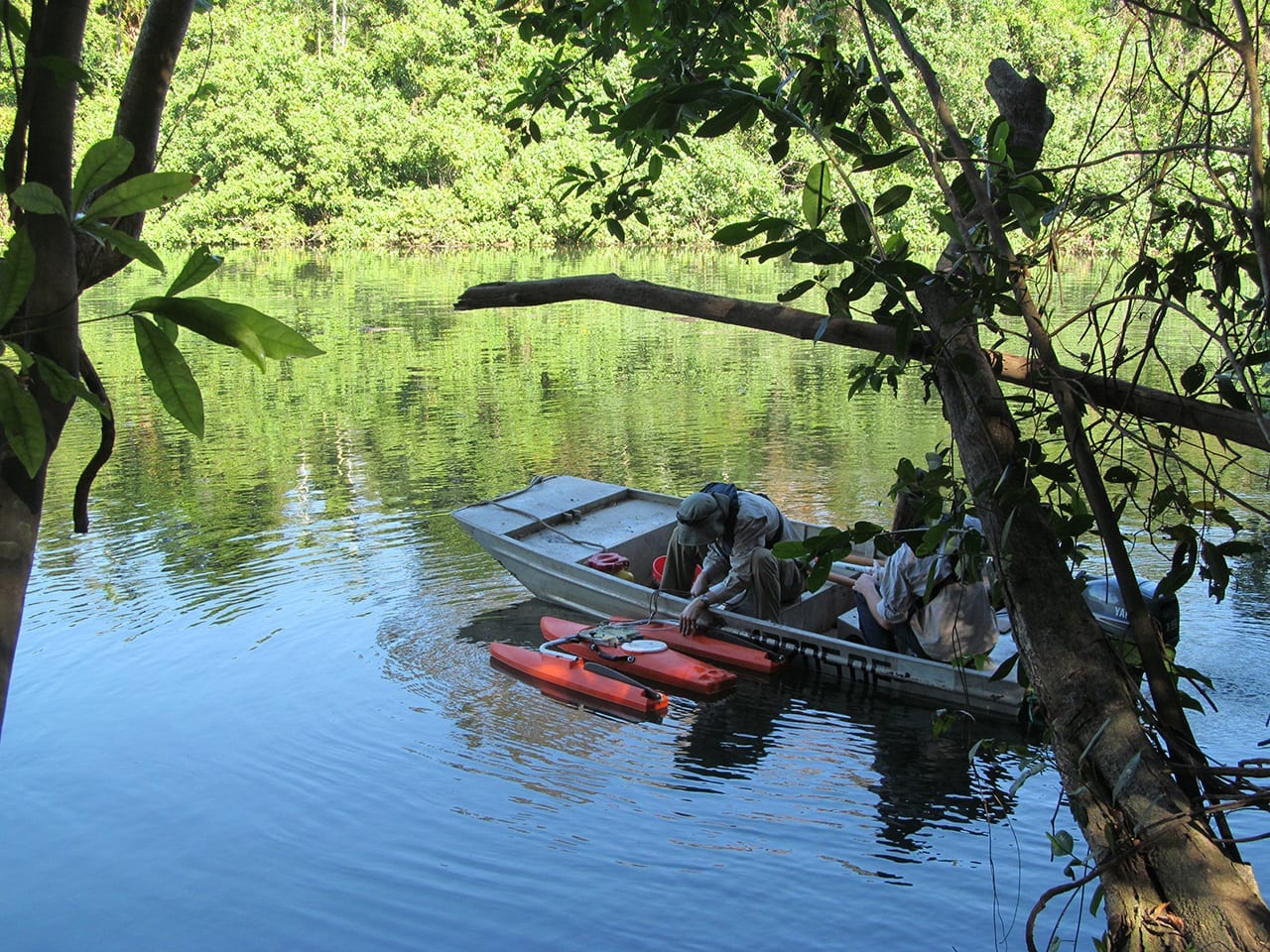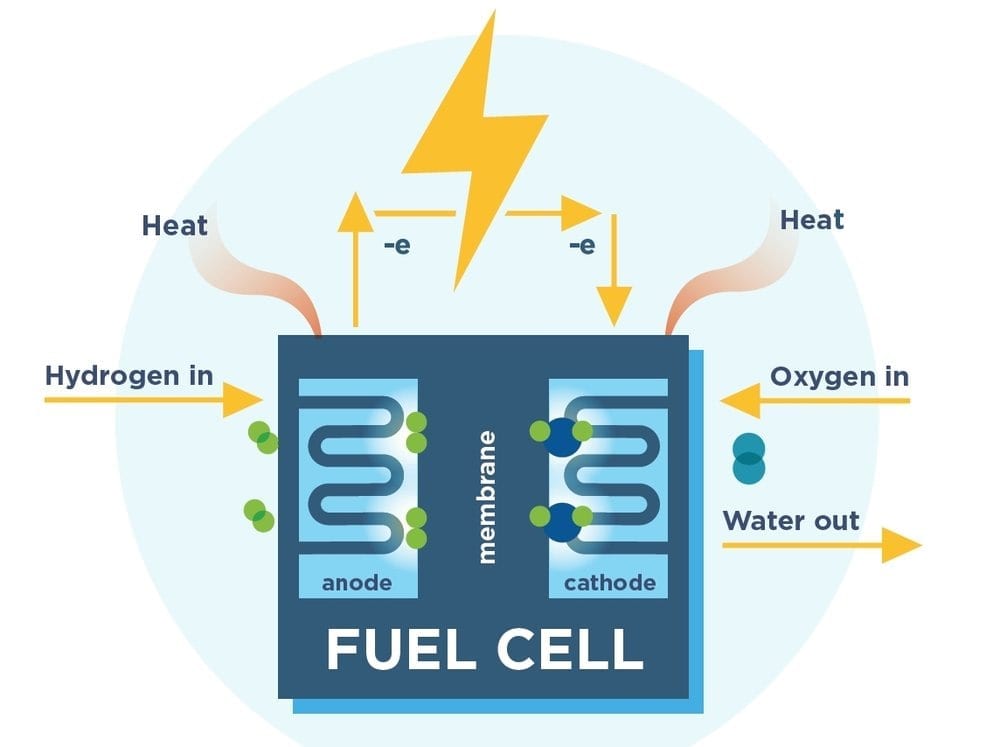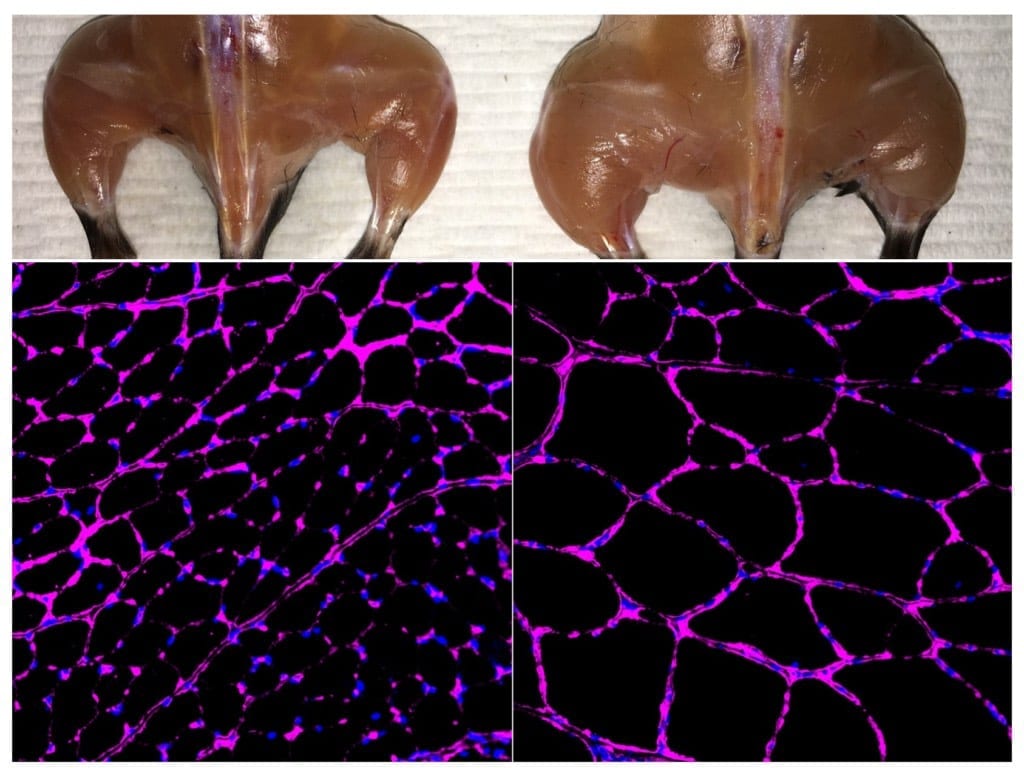
DARPA envisions ocean-based “internet of things” made of small, low-cost floating sensors
The internet of things connects an ever-growing number of smart devices for up-to-the-minute monitoring and tracking of many common events. Head out to most parts of the open ocean, however, and no such capability exists for real-time monitoring of maritime activity.
DARPA today announced its Ocean of Things program, which seeks to enable persistent maritime situational awareness over large ocean areas by deploying thousands of small, low-cost floats that could form a distributed sensor network. Each smart float would contain a suite of commercially available sensors to collect environmental data—such as ocean temperature, sea state, and location—as well as activity data about commercial vessels, aircraft, and even maritime mammals moving through the area. The floats would transmit data periodically via satellite to a cloud network for storage and real-time analysis.
“The goal of the program is to increase maritime awareness in a cost-effective way,” said John Waterston, program manager in DARPA’s Strategic Technology Office (STO). “It would be cost-prohibitive to use existing platforms to continuously monitor vast regions of the ocean. By coupling powerful analytical tools with commercial sensor technology, we plan to create floating sensor networks that significantly expand maritime awareness at a fraction of the cost of current approaches.”
The technical challenge for Ocean of Things lies in two key areas: float development and data analytics.
Under float development, proposers must design an intelligent float to house a passive sensor suite that can survive in harsh maritime environments. Each float would report information from its surroundings for at least one year before safely scuttling itself in the deep ocean. The floats will be required to be made of environmentally safe materials, pose no danger to vessels, and comply with all federal laws, regulations, and executive orders related to protection of marine life.
The data analytics portion of the Ocean of Things program will require proposers to develop cloud-based software and analytic techniques to process the floats’ reported data. This effort includes dynamic display of float locations, health, and mission performance; processing of environmental data for oceanographic and meteorological models; developing algorithms to automatically detect, track, and identify nearby vessels; and identification of new indicators of maritime activity.
Learn more: Ocean of Things Aims to Expand Maritime Awareness across Open Seas
The Latest on: Ocean of Things
[google_news title=”” keyword=”Ocean of Things” num_posts=”10″ blurb_length=”0″ show_thumb=”left”]- People Share Stories About the Creepiest Things They’ve Seen in the Oceanon April 27, 2024 at 8:52 pm
That stat blew my mind and it got me thinking about all the things that we DON’T know about what lies beneath the surface of our oceans. Scary stuff, no doubt! Check out what folks had to say about ...
- 2024 Hurricane Season: Early area of low pressure not a precursor to busy seasonon April 25, 2024 at 11:37 am
A petite but persistent swirl of thunderstorms in the far-off Atlantic Ocean caught the eye of the National Hurricane ... it would not be indicative of things to come,” said Tom Kines, a senior ...
- New London’s Ocean Beach named one of the best in the countryon April 24, 2024 at 4:17 pm
NEW LONDON, CT (WFSB) - Ocean Beach in New London was named one of the best in the country. So many of us who grew up in Connecticut have memories there.
- Ocean City Boardwalkon April 22, 2024 at 4:59 pm
The Ocean City Boardwalk serves as the area's primary pedestrian artery and runs about 2 1/2 miles along the beach. Ocean City's original boardwalk, along with much of the city, burnt down in 1927.
- The world dumps 2,000 truckloads of plastic into the ocean each day. Here’s where a lot of it ends upon April 22, 2024 at 6:28 am
The world produces around 400 million metric tons of plastic waste each year. Every day, 2,000 truckloads of it is dumped into the ocean, rivers and lakes.
- Fisker Ocean: 8 things I learnt getting up close with the innovative electric vehicleon February 28, 2022 at 4:00 pm
as well as more practical things like fence posts. The feature is available on the Ultra, Extreme, and Ocean One. The 'SolarSky' roof on the Fisker Ocean Extreme and Fisker Ocean One trims could ...
- The ocean carbon cycleon November 15, 2021 at 5:20 pm
take up CO 2 in the surface ocean and as part of photosynthesis convert it to particulate and dissolved organic carbon - carbon-containing molecules typically produced by living things. A fraction of ...
- Ocean Driveon August 16, 2020 at 10:14 pm
Suffice it to say that if you've booked a hotel along Ocean Drive, you're guaranteed to be in the thick of things. Shopping, dining, beach activities and more are all right outside your hotel door.
- Ocean Shock: The climate crisis beneath the waves.on August 12, 2020 at 9:40 pm
To stand at the edge of an ocean is to face an eternity of waves ... home to billions of plants and animals – the vast majority of the living things on the planet. In this little-seen world ...
- Seven things you need to know to live in harmony with the oceanon June 7, 2020 at 1:39 am
The ocean is the heart of this system, connecting different parts of our planet. We assume that the sort of life we see on land is how life has to be. But things work differently in the ocean ...
via Google News and Bing News










